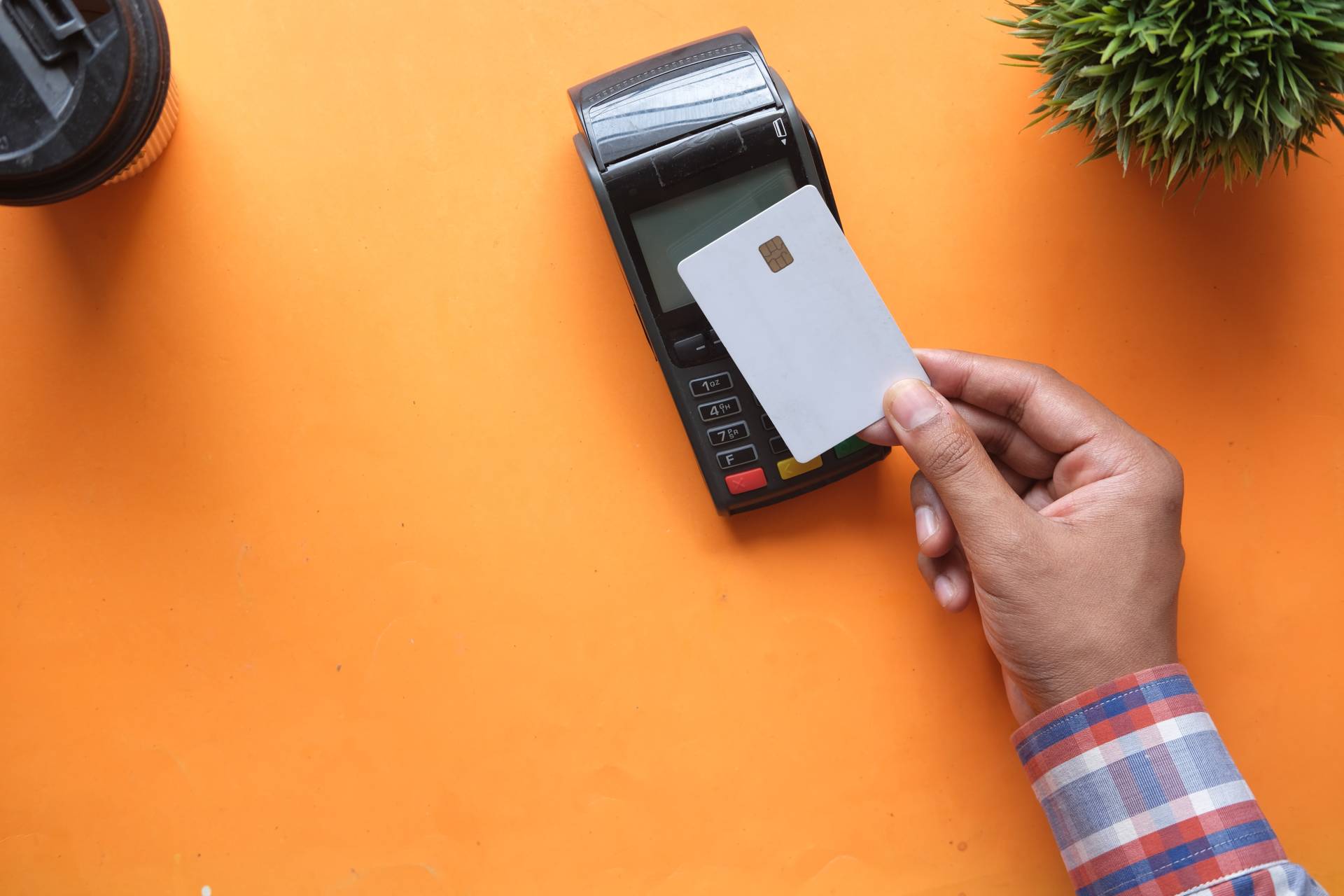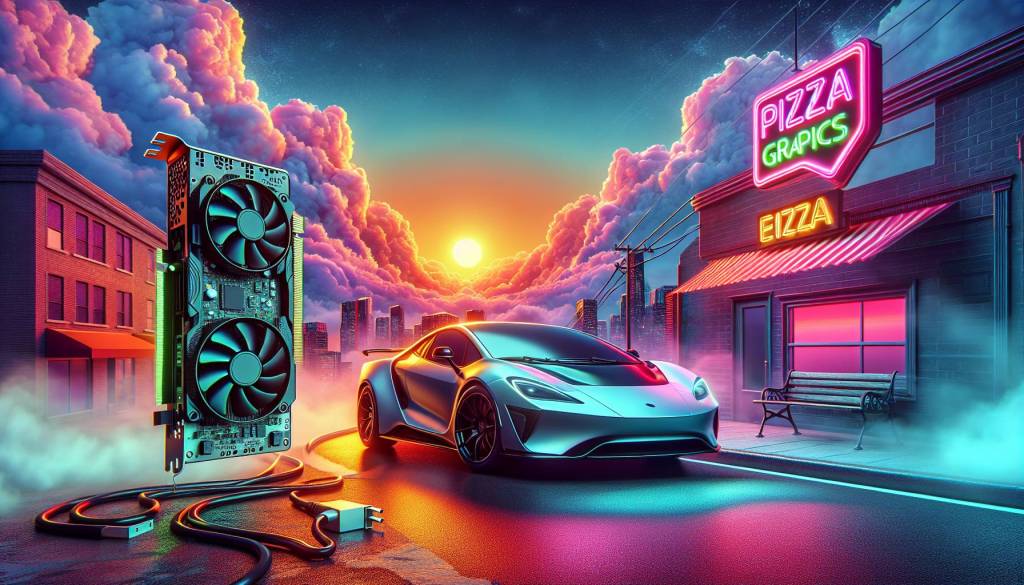With spending on influencer marketing projected to reach $4.6 billion in the U.S. alone this year, and the total addressable market of the creator economy estimated to grow to nearly half a trillion dollars by 2027, it is evident that influencer marketing is here to stay.
While organic partnerships with influencers have gained traction in recent years, they face certain limitations that can hinder their effectiveness. The influencer market is becoming increasingly saturated, leading to a credibility problem and what is commonly referred to as “influencer fatigue.” Studies have shown that only 4% of internet users trust the information shared by influencers. Moreover, organic partnerships often have limited control over ad placements, frequency, and timing, which can restrict campaign reach and performance effectiveness.
To overcome the roadblocks of organic influencer partnerships and tap into the vast potential of the creator economy, marketers are turning to paid ads on influencer channels. These partnership ads, offered by platforms like Meta (formerly Facebook) and TikTok, leverage the influence and reach of creators to deliver targeted ads to specific demographics and custom-built audiences. This shift to paid ads is driven by several compelling advantages.
Paid ads on influencer channels provide an opportunity to overcome the limitations of organic reach. By leveraging the existing follower base of influencers and utilizing targeting options, marketers can reach specific target demographics, look-alike audiences, and custom-built audiences. Meta reports that campaigns combining partnership ads with business-as-usual (BAU) ads have driven 53% higher click-through rates, 19% lower cost per actions, and a 99% probability of outperforming BAU ads alone.
Investing in paid creator ads gives advertisers direct and enhanced control over ad placements, timing, content, and target audience. Platforms like Meta offer a wide array of ad placement options, allowing advertisers to strategically choose where their ads will be displayed. Moreover, partnering with influencers extends the lifespan of content, as ads can be run on platforms like Instagram Stories, which naturally disappear after 24 hours.
One of the distinct advantages of paid creator ads is the ability to measure and optimize campaign performance in real time. Unlike organic content, paid ads provide quantifiable performance measurements through comprehensive analytics and insights. Advertisers have access to valuable data on the effectiveness of their campaigns, enabling them to make informed decisions and optimize their advertising efforts for better results.
Shifting to paid ads on influencer channels does not mean sacrificing authenticity. According to a Facebook-commissioned study by Kantar, 75% of consumers expressed their willingness to take positive actions, such as trying a brand or recommending it to others, when the branded content clearly communicates its commercial intent. This percentage is 21% higher compared to situations where the commercial intent is not made clear. Paid ads can still maintain the core of influencer marketing by ensuring transparency and authenticity.
To embrace a balanced approach that combines both organic and paid advertisements on influencer channels, advertisers should consider the following steps:
- Seek ad partnership permission: After identifying suitable creators, reach out to them and request partnership permission. Clearly communicate the objectives and expectations of the collaboration, ensuring that influencers have a clear understanding of the partnership ads and how they align with their content.
- Determine key performance indicators (KPIs) to track: Define your campaign objectives and choose KPIs that align with those objectives. Consider your target audience and the platform you are using to select relevant KPIs. For example, engagement might be a more crucial KPI for a younger audience, while sales might be more important for an older demographic.
- Split budgets 20/80: Allocate a portion of your budget (around 20%) to organic influencer content and the majority (around 80%) to paid partnership ads. Account for the cost of acquiring ad permission rights and licenses in your budget planning.
Paid media now plays a central role in any scalable creator marketing strategy. By investing in content promotion through paid ads on influencer channels, advertisers can reach audiences that may not be accessible through organic collaborations alone. The key lies in striking the right balance between organic and paid advertisements, leveraging the advantages of each approach to drive successful campaigns and deliver optimal results.
In the ever-evolving landscape of influencer marketing, staying ahead of the curve is essential. By embracing the transformative potential of paid ads on influencer channels, advertisers can unlock new opportunities and overcome the limitations of organic partnerships. The future of influencer marketing lies in finding the right balance between authenticity and scalability, harnessing the power of both organic and paid advertisements to create impactful campaigns.
FAQ
Q: What is the difference between organic and paid influencer partnerships?
A: Organic influencer partnerships rely on the natural affinity between influencers and brands, with content being shared organically. Paid influencer partnerships involve compensating influencers for promoting brands through paid ads on their channels.
Q: How can paid ads on influencer channels enhance reach and precision?
A: Paid ads leverage the existing follower base of influencers and offer targeting options to reach specific demographics, look-alike audiences, and custom-built audiences.
Q: Can paid ads on influencer channels provide greater control over ad placements?
A: Yes, investing in paid creator ads empowers advertisers with direct and enhanced control over ad placements, timing, content, and target audience.
Q: How can advertisers measure the effectiveness of paid creator ads?
A: Paid ads provide comprehensive analytics and insights, enabling advertisers to measure and optimize campaign performance in real time.
Q: Is it possible to maintain authenticity in paid ads on influencer channels?
A: Yes, transparency and clear communication of commercial intent can help maintain authenticity in paid ads on influencer channels.
Q: What is the recommended budget allocation between organic and paid influencer content?
A: The most forward-looking brands allocate around 20% of their budget to organic influencer content and 80% to paid partnership ads.
Q: How can advertisers strike the right balance between organic and paid influencer partnerships?
A: Advertisers should seek ad partnership permission, determine relevant KPIs, and allocate budgets accordingly to strike the right balance between organic and paid influencer partnerships.
First reported by Forbes.













